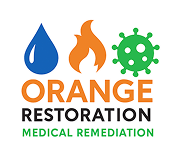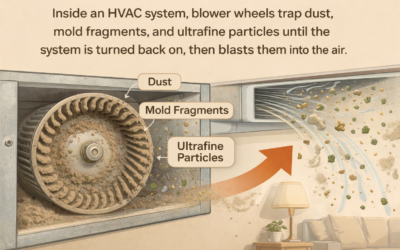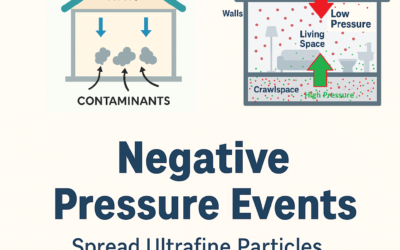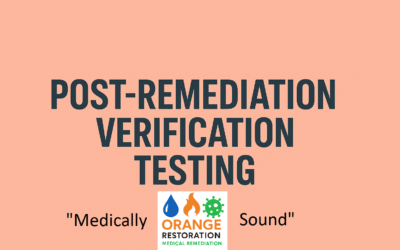Water Damage Restoration Service
Quick Services
Small Particles Cleaning
Need Any Help?
Call us 24/7
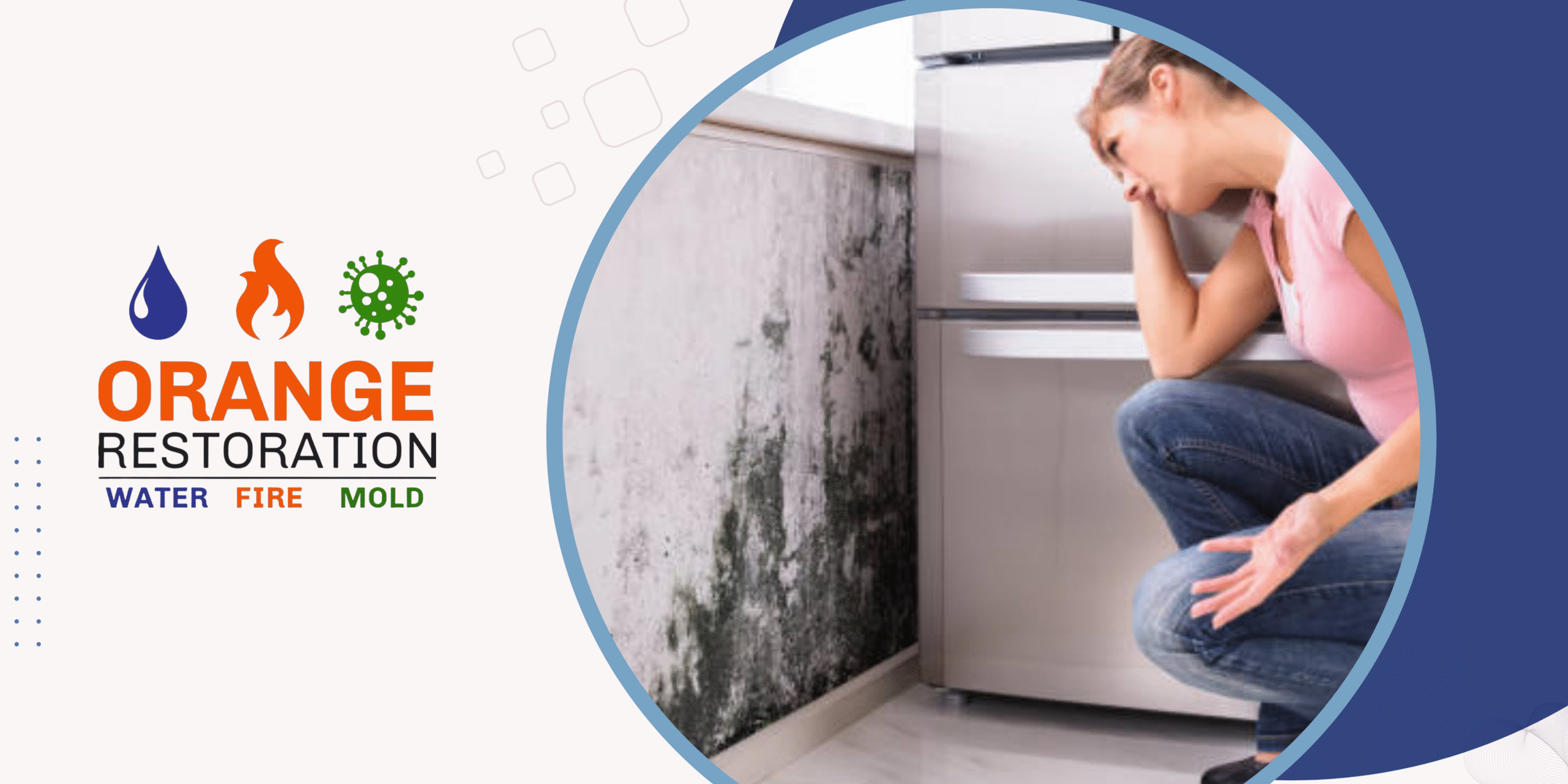
SAN DIEGO WATER DAMAGE SERVICES
Your Local San Diego Water Damage Experts
A COMPLETE ARRAY OF WATER DAMAGE RESTORATION SERVICES
Rebuild After Water Damage Remediation? YES!
Our reconstruction team is quite skilled, they are confident remodeling professionals who like the challenging work of rebuilding from water damages damages. Our team is empathetic in the needs of our customers who want their lives restored to normal after flooding, we intend to do that. However, if you need something built back better, we are also happy to help you with our reconstruction team’s remodeling skills.
24 Hour Flood Emergency Services!
Your Local San Diego Water Damage Repair Service Experts
You’ll be surprised how many items like furniture, carpets, and drapes we can save, so you won’t have to replace them after all. But if replacement is necessary, we can handle the work and the arrangements for you.

24/7
Emergency Services

30
Minutes Response Time

100%
Insurance Approved

BBB
why work with us?
Here are Most of Frequently Asked Questions
What is Flooding Mitigation?
Is the act of preventing flood damage risk either before or after a flood has occurred. Flooding mitigation encompasses reactive as well as the proactive measures aimed at minimizing the impact of floods on communities and infrastructure. Flood prevention is commonly used, and for some, the term is confused with flood mitigation.
What events can cause water damage?
Many things can cause San Diego water damage. A hurricane, tornado or flood can cause water damage, but so can a broken pipe or even a small leak not caught quickly.
Can you prevent water damage?
Proper maintenance of all parts of your structure can help. This includes water pipes, gutters, appliances and more. Monthly inspections of your septic tank, if you have one, is also important.
Do I really need mold remediation after Water Damage?
After any water damage inside a home or business, it’s essential to assess the extent of water damage and the potential for mold growth. Here are some factors to consider:
- Duration of Moisture Exposure: Mold can begin to grow within 24-48 hours after water damage has begun to go unrecognized. If your home or business has had wet, damp, or leaking water for an extended period, there’s a high likelihood of mold growth.
- Extent of Water Damage: If the water damaged areas were rapidly removed, and affected only a small area, you may be able to clean and dry the area yourself. However, if the water was contaminated or if the water damage was extensive, it’s best to seek professional water damage remediation services and have them evaluate for mold risks, testing when necessary.
- Hidden Mold: Mold often grows in hidden areas, such as behind walls, under flooring, and in air ducts. A professional mold inspection can identify hidden mold and ensure thorough remediation. If you have had extended water damage, you should consider getting a mold testing and air testing.
- Preventive Measures: Even if you don’t see visible mold growth, it’s advisable to have your home inspected for mold after water damage to prevent future problems. Mold growth can be quite devastating for home values and for your health.
While not all water damage scenarios require professional mold remediation, it’s essential to assess the situation carefully and consider the factors mentioned above to determine the best course of action for your home and your family’s health. Taking fast action is best as mold will rapidly begin to spread when moisture is present in your home.
How long will the water damage clean-up process take?
Orange Restoration technicians do their best to work as effectively and as efficiently as possible. They will set up state of the art drying machines as soon as they begin the project to expedite the drying process. However the drying time can vary from project to project. Factors such as what kind of building material is affected, how saturated it is, and the extent of the flood damage all contribute to the time needed to bring your property back to pre-flood conditions.
If we are working on your restoration project and are concerned with timeline, call us, we are available 24/7 for our customers and are standing by for emergency services.
Why is water damage so expensive?
Water Damage is not expensive, the ignoring the damage is what causes the most expense. The time factor is imperitive, within 6 hours the water can saturate some of the wooden pieces of your home that are essential. If you procrastinate on water damage, you will have massive loss up to nearly the entire value of your home as the structural integrity is absolutely compremised. Be sure to handle water damage ASAP as it will become a nightmare financially and with the mess physically.
How long does it take for water to cause structural damage?
Time is critical; within six hours, water can saturate essential wooden structures in your home. Delaying action on water damage can lead to significant losses, potentially up to the full value of your home, as the structural integrity will be severely compromised.
What is a mold remediation protocol?
A mold remediation protocol is a structured plan used to safely remove mold from a building. Traditional mold remediation often involves antimicrobial treatments, encapsulation, or disinfection, whereas medically sound remediation focuses on complete mold removal without the use of antimicrobial agents, ensuring a safer environment for sensitive individuals.
Look into our Medically Sound Remediation & Small Particle Cleaning services if you have sensitivities to mold or have particular health concerns.
How do you clean items exposed to mold?
Hard-surface items can typically be cleaned with proper HEPA vacuuming and wiping. However, porous materials are more challenging to clean, and in some cases, replacing them may be more cost-effective.
What is CIRS-Safe Remediation?
CIRS-safe remediation follows the same principles as medically sound remediation, ensuring that no antimicrobials, sealants, or chemical treatments are used while focusing on complete removal of mold contaminants.
How is medically sound mold remediation different from standard mold removal?
Medically sound mold remediation goes beyond traditional mold cleanup by focusing on health outcomes and preventing biotoxin exposure. It follows advanced protocols like the CIRSx Medically Important Remediation standard, which includes HEPA filtration, small particle removal, cross-contamination prevention, and often third-party verification. Standard mold removal typically focuses on visible mold and may not address microscopic particles or medically sensitive concerns, leaving risks for people with chronic illness.
Pro Tip: Standard remediation isn’t enough for medically sensitive individuals. Even after traditional cleanup, ultrafine particles, dead spores, and mold fragments often remain. These microscopic contaminants can still trigger severe reactions in those who are immune-compromised or mold-sensitive. For true health and safety, insist on medically sound remediation that includes Small Particle Cleaning and post-remediation verification (PRV) testing.
Why does Mold come back after Remediation?
Mold often returns when the underlying cause, such as hidden leaks, excess humidity, or poor ventilation, is not fully resolved. If moisture remains in walls, flooring, or crawl spaces, mold spores can easily regrow. Another common reason is incomplete remediation, where contaminated materials are left behind or drying protocols were inadequate to prevent mold growth.
Secondary mold growth can also happen when contractors without proper training attempt DIY or “budget” mold removal. These shortcuts often ignore cross-contamination, leaving fine particles and dead spores that still trigger health reactions and can reseed mold growth.
- See Secondary Mold to learn more.
- Why not to call “Restorations Companies Nearby” as proximity does not help with training or certification.
To prevent mold from coming back, medically sound remediation goes beyond surface cleaning. It includes moisture mapping, containment, small particle cleaning, and third-party post-remediation verification (PRV) testing to ensure the environment is truly safe.
Occurs when mold remediation was not done properly. Either by well meaning DIY intentions, poorly trained hired maintenance personnel, or various other tradesmen not properly trained in mold remediation protocols, the result is deeper returning mold. When mold is not done right, especially in the drying protocols, mold can return and be a bigger and deeper problem.
Pro Tip: Research the credentials of any remediation company, ask if they can fully restore your home after remediation, ask if they have ever encountered secondary mold problems, and always check their reviews to see if they are consistent with what a homeowner would say, or are they saying “Will return again!” or even “Great speedy services, hot to order!” as many remediation companies are getting fake reviews as AI is allowing reviews to be prioritized by quantity and not quality feedback from reviewers.
What are the Symptoms of Mold Exposure in a Home?
Common symptoms of mold exposure include:
- Persistent sinus congestion or allergy-like symptoms
- Fatigue or exhaustion that worsens indoors
- Headaches or brain fog
- Skin rashes or irritation
- Shortness of breath or wheezing
- Eye irritation or watery eyes
- Sleep disturbances or night sweats
If symptoms improve when you leave your home, mold or water damage could be contributing to your health issues.
Mold & Health blog resources:
- Identifying Mold Causes is Critical for Health
- Mold Growth Imposes Serious Health Effects
- Mold and the The Effect It Can Have On Your Health
- 4 Signs Mold is Affecting Your Health
- Learning About CIRS, Your Health & Home
PRO TIP: Often, the first signs of mold aren’t what you see, but how you feel. Many people notice symptoms that worsen at work or home and improve when they leave, such as unexplained fatigue, headaches, sinus issues, or even mood changes. These reactions can be the body’s way of signaling a hidden mold problem, especially if you’ve had recent water damage or high humidity.
Pro Tip follow up: Why?: Because mold needs only moisture, organic material, and a little time to thrive, it can spread behind walls, in closets, or under flooring without obvious visual clues. If you suspect your health symptoms are linked to your environment, it’s important to investigate before the problem grows worse. Often, people who just had remediation call us with horror stories of Secondary Mold.
Can mold cause Chronic Illness or conditions like CIRS?
Yes, mold exposure can contribute to chronic illness, including conditions like Chronic Inflammatory Response Syndrome (CIRS). CIRS occurs when the immune system cannot properly clear biotoxins from mold or water-damaged buildings, leading to inflammation and multi-system symptoms.
Individuals with genetic predispositions are particularly vulnerable. If you have ongoing symptoms like fatigue, brain fog, sinus issues, or worsening health when at home, environmental mold could be a factor.
Many individuals diagnosed with Chronic Fatigue Syndrome (CFS) may actually be suffering from environmental factors such as mold exposure, which often go undetected. One major reason? Identifying the root cause can be costly and complex, and most conventional medical systems aren’t designed to investigate environmental triggers.
Doctors, trained as generalists, often focus on symptom management rather than environmental assessments. However, a growing number of forward-thinking medical professionals recognize we’re on the brink of a medical shift toward integrating environmental health into individualized diagnosis and treatment, a critical evolution for addressing conditions like CFS, CIRS, and other chronic illnesses.
Learn more about CIRS and home health in our blogs!
How do I know if my Home needs Small Particle Cleaning after Mold Remediation?
If you or family members continue experiencing symptoms after mold remediation, or if you have health conditions like CIRS, small particle cleaning is often necessary.
Standard or traditional remediation can leave behind microscopic mold fragments and toxins that are invisible but still harmful. Post Remediation Verification (PRV) testing or a consultation with a CIRS-aware remediator can help determine if this extra level of cleaning is needed.
Pro Tip: Look into secondary mold, this is not a common term, but recently here in San Diego, we have seen most of our work recently coming from this problem. Only solution is to make sure you only hire qualified professionals working on remediation. Furthermore, when you consider DIY mold remediation, think of secondary mold risks, drying is just as important as the cleaning portion of the work.
What is the Safest Way to Remove Mold for Someone with Mold Sensitivity?
For those with mold sensitivity, the safest approach is a Medically Sound Remediation process.
Medically Sound Remediation process includes:
- HEPA air filtration
- Containment to prevent cross-contamination
- Small particle cleaning to remove microscopic spores and fragments
- Use of non-toxic cleaning solutions to avoid VOC exposure
- Always work with certified professionals familiar with CIRS or medically sensitive protocols.
Can I Clean Mold Myself if I have Health Issues?
If you have mold sensitivity or chronic illness, DIY mold cleanup is not recommended. Disturbing mold without proper containment and filtration can release spores and toxins into the air, increasing exposure. Instead, work with professionals trained in medically sound remediation to ensure your environment is safe.
Many cases of secondary mold start with DIY attempts or inexperienced contractors skipping critical steps. Even well-intentioned efforts can create bigger problems. The best safeguard is to invest in a professional assessment, proper mold testing, and a detailed scope of work from a qualified inspector before remediation begins.
Mold doesn’t just damage your walls or cause a musty smell. Mold impacts our health and can even make our bodies a host to mold spores and VOCs. –The Medically Sound Remediators
Pro Tips for Medically Sound Mold Remediation
At Orange Restoration, we know that medically sensitive clients require more than basic mold cleanup. If you’re concerned about mold’s impact on your health, these are the three non-negotiables for true safety:
Pro Tip #1: Never Skip the Drying Phase
Even the best cleaning fails if hidden moisture remains. Professional moisture mapping and thermal imaging confirm materials are truly dry before walls are closed or repairs completed.
Pro Tip #2: Containment Is Non-Negotiable
Improper containment spreads mold spores and toxins throughout your home. Ensure your contractor uses negative air machines, HEPA filtration, and strict cross-contamination protocols every time.
Pro Tip #3: Testing Verifies, It Doesn’t Assume
Every medically sound remediation project should end with third-party post-remediation verification (PRV) testing. Skipping this leaves you guessing whether ultrafine particles, spores, or toxins are still present.
For those with CIRS, mold sensitivities, or chronic conditions, these steps aren’t optional–they’re essential. Our team follows CIRSx-certified protocols to ensure your environment is safe, clean, and truly healthy.
Do all Mold Remediation Companies follow Medically Sound Protocols?
No, most mold remediation companies do not follow medically sound protocols. Traditional contractors focus on visible mold removal, not small particle cleaning or air quality verification. Medically sound remediation requires additional training, certifications like CIRSx, and adherence to strict health-based standards. Always ask if your contractor is familiar with these methods.
Does Orange Restoration handle Emergency Water Damage and Medically Sound Mold Remediation?
Yes, Orange Restoration provides both emergency water damage services and also more complex, medically sound mold remediation. We specialize in health-conscious cleanup, including small particle cleaning and CIRS-safe protocols, while also offering full rebuild and restoration services, all under one company roof. We do this because medically sensitive people need all services from trained professionals at the top tier of their training. We in-house all these experts from San Diego County.
We offer many other services such as Fire Damage Repairs, Flood Remediation, and disaster repairs, but Medically Sound Mold Remediation.
What Certifications do Your Mold Remediators have?
Our team is certified in Medically Important Remediation through CIRSx and trained to follow the Shoemaker Protocol for health-based cleaning. We also meet industry standards for water damage restoration, structural drying, and IAQ management.
Orange Restoration holds advanced certifications and training to meet the highest industry and health-focused standards:
- CIRSx Medically Important Remediation Certification – Specialized training for health-conscious remediation, focusing on environments impacted by mold and water damage for medically sensitive individuals.
- Shoemaker Protocol Training – Our team follows scientifically validated protocols for mold-related illness, ensuring remediation aligns with health recovery needs.
- IICRC-Certified Expertise – Including Water Damage Restoration Technician (WRT) and Applied Structural Drying (ASD), ensuring proper moisture control, thorough drying, and structural integrity.
- Advanced Indoor Air Quality Practices – Expert-level training in methods to reduce airborne contaminants, manage ultrafine particles, and create safer indoor environments.
These credentials and specialized skills allow us to deliver medically sound remediation, comprehensive water damage restoration, and air quality solutions while maintaining the highest standards of safety and professionalism.
articles and blogs
Read Our Featured Blog Posts
Want to learn more about our services, head on to the blog posts and get more information about our services.
Why HVAC Is the #1 Vector of Cross-Contamination in CIRS Homes
...And Why San Diego’s “Perfect Weather” Makes HVAC Issues Worse. When it finally gets cold enough in Southern...
Why Negative Pressure Spreads UFPs Through an Entire Home
In 20 years as remediators, we have taken on many water damage or mold projects that other remediators didn’t properly...
Failure of Traditional Post-Remediation Verification Testing
Post-Remediation Verification Testing (also known as PRV testing) is the process of confirming that mold remediation...
